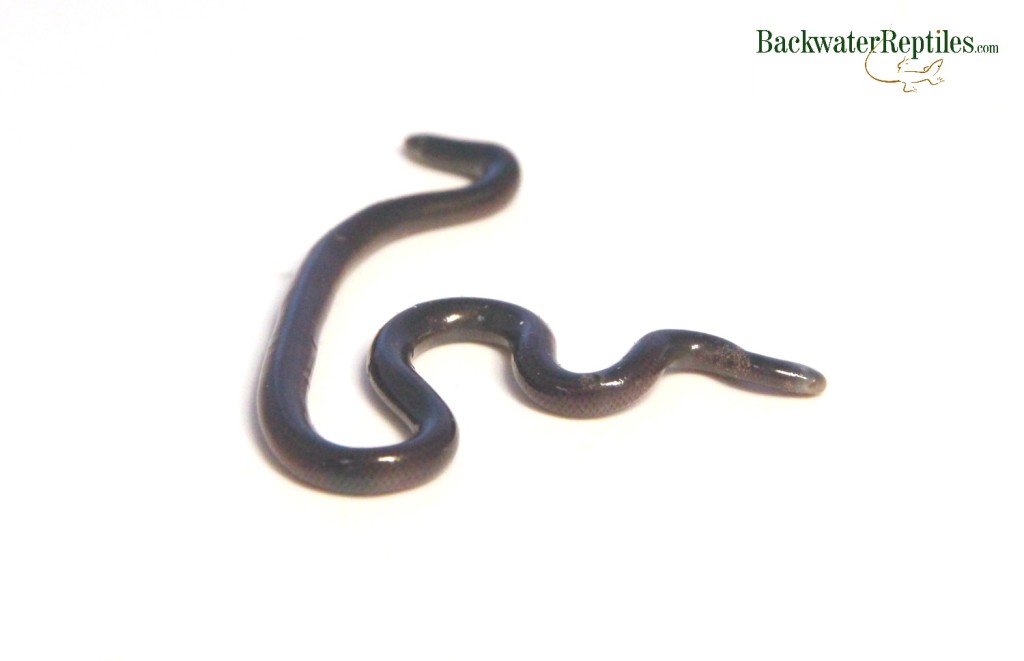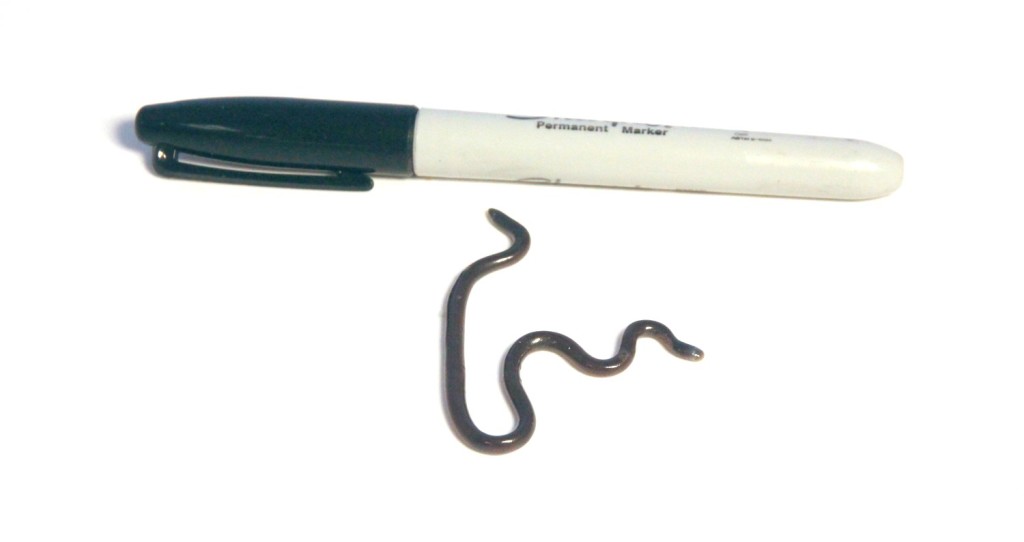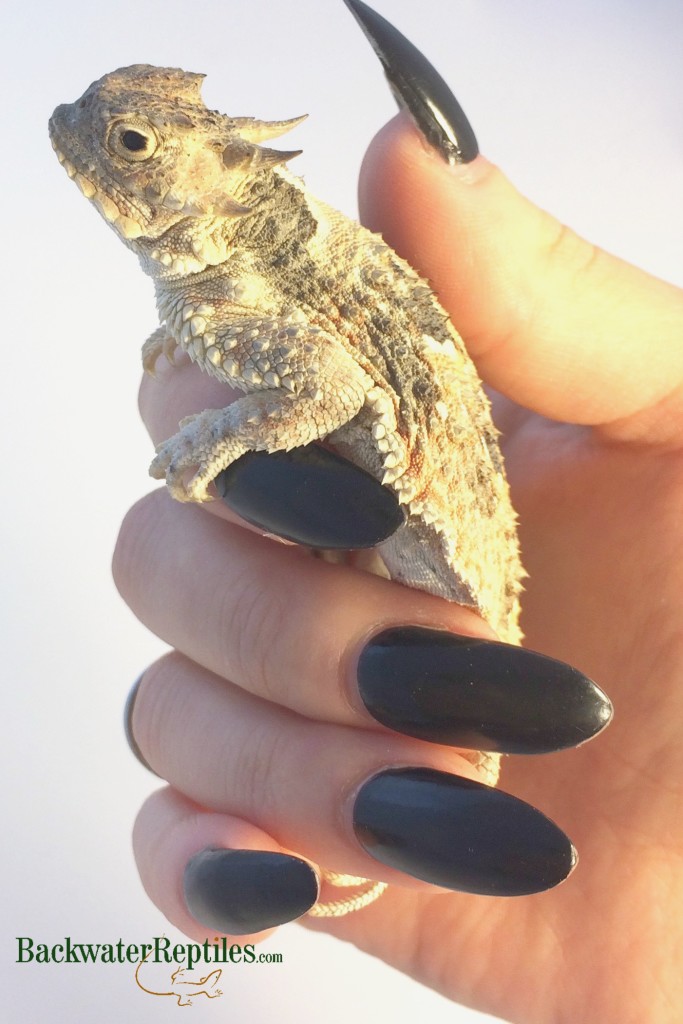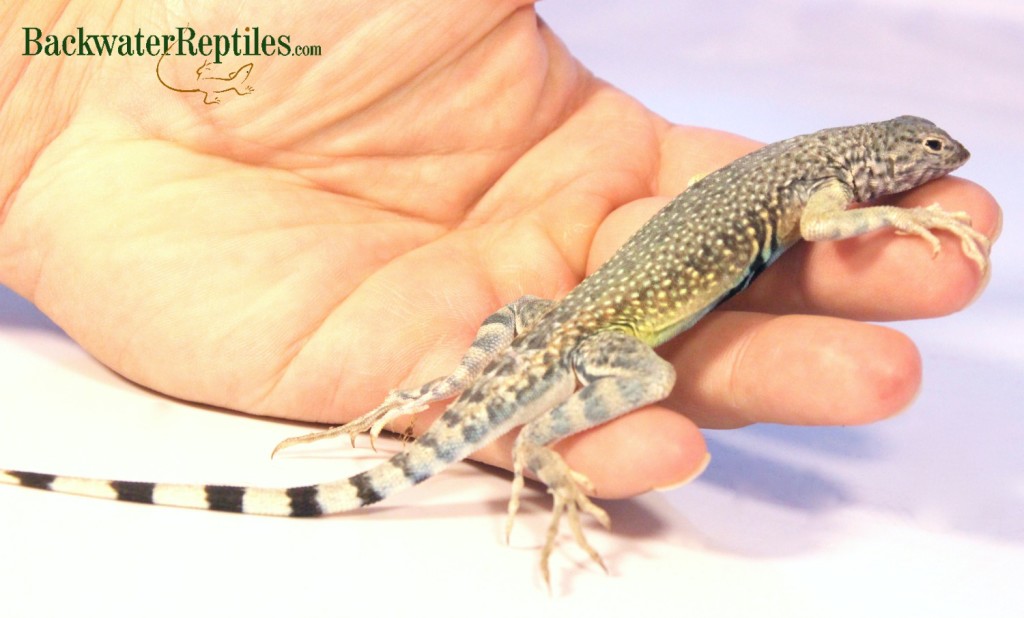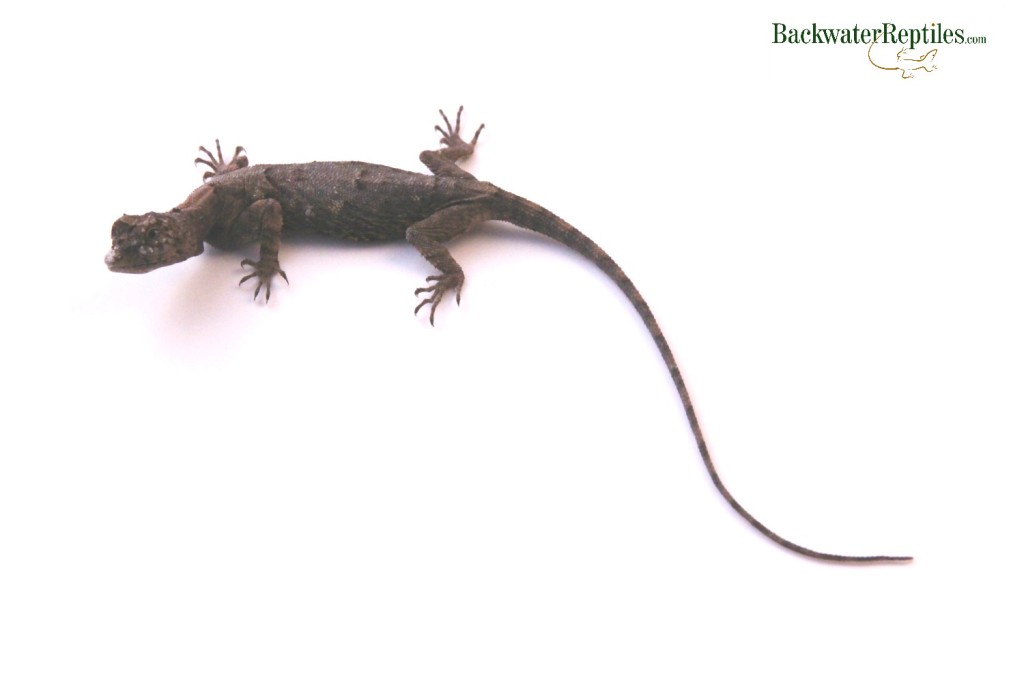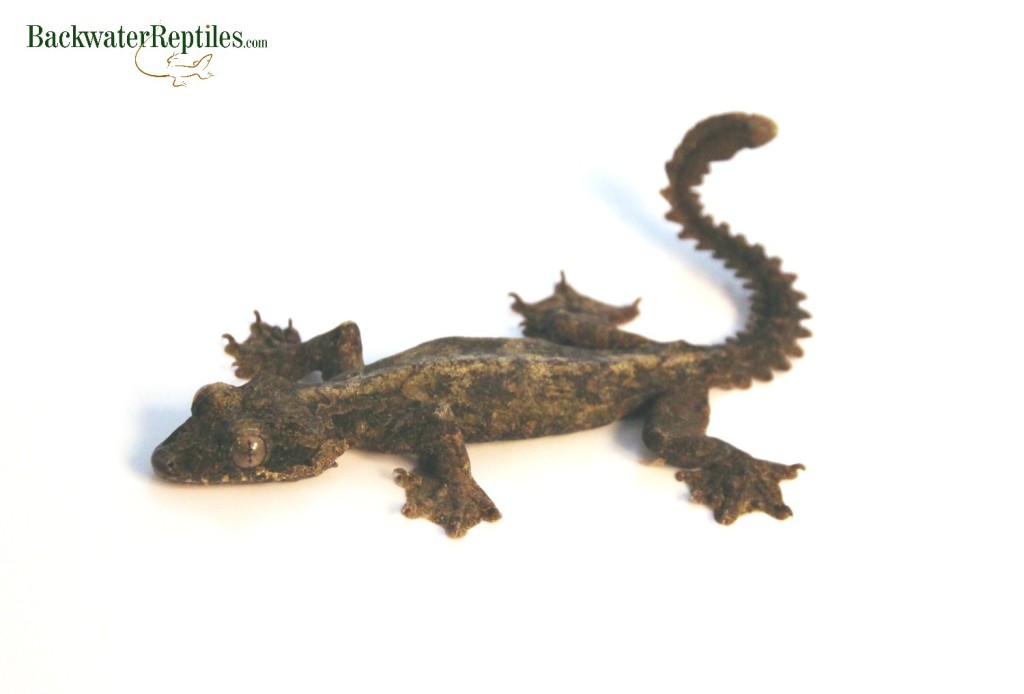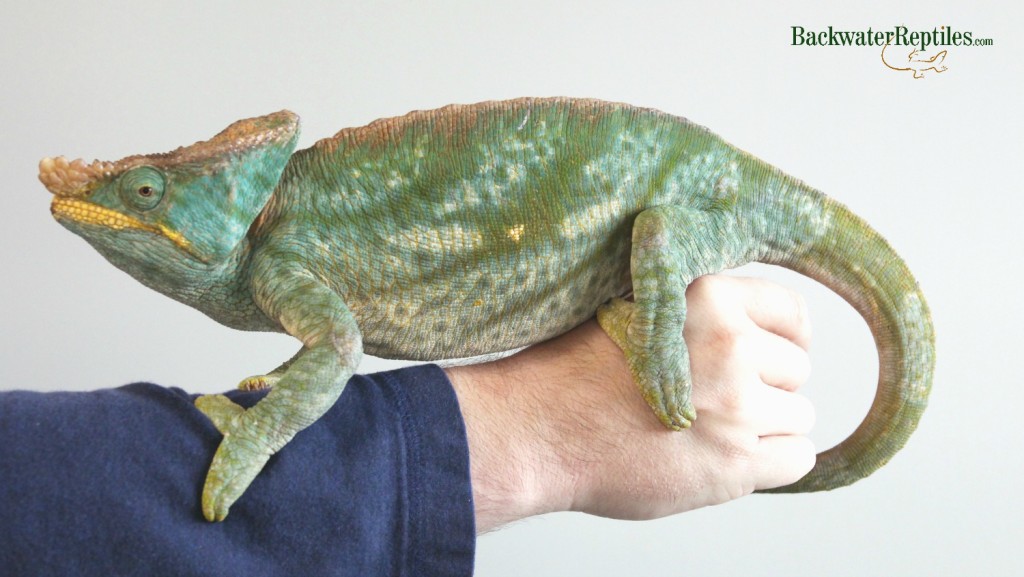What are the smallest pet snakes? We answer this question with the below list of snake species that remain short in length, and are not heavy-bodied, and can also make excellent terrarium subjects or first pet snakes.
This blog article showcases the smallest species of pet snakes sold at Backwater Reptiles. Small snakes deserve loving homes too and many people are surprised to learn how little space they actually do require to be healthy and happy.
The Smallest Pet Snakes List
Bimini Blind Snake (Ramphotyphlops braminus)
There are many species of blind snakes, but they all have one thing in common – they’re tiny! They’re miniscule! In fact, blind snakes are so little that they’re very often mistaken for earth worms.
In addition to resembling earth worms in physical appearance, blind snakes also behave very similarly to worms. They are burrowers and are most common found in moist soil. They’ve even been known to live in garden flower pots, which is how they received their other common name – Flowerpot Snake.
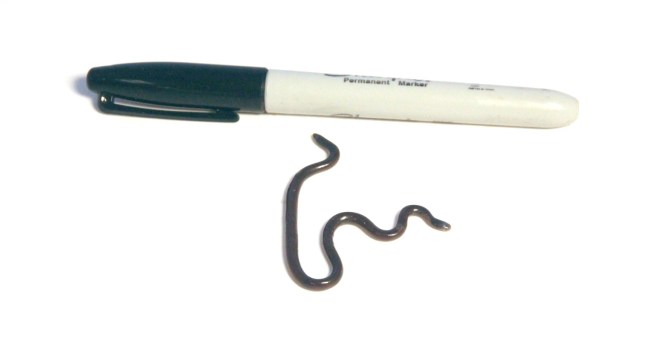
The Bimini Blind Snake, which is one of the more common blind snake species, has very minimal care requirements. All a tiny blind snake needs for a home is a medium-sized glass jar with moist soil and a hiding place or two.
We’ve actually written a detailed care article on the Bimini blind snake that discusses everything from what these itty bitty reptiles like to eat to how to set up a habitat.
Ringneck Snake (Diadphis sp.)
Ringneck snakes are not all that much larger than some blind snakes, although you can definitely tell that a ringneck snake is not a worm.
Ringnecks are black with a bright orange collar or necklace around their neck, hence their common name.
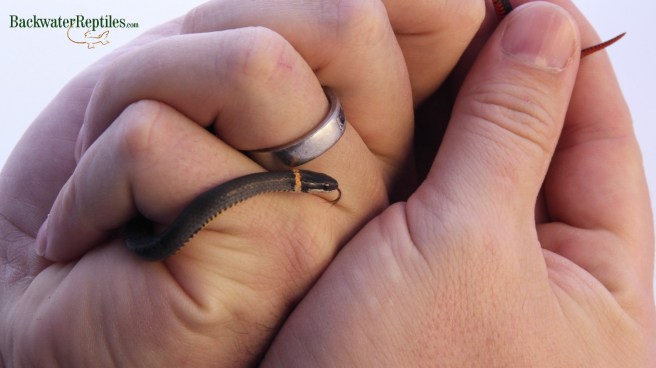
Many people assume that ringnecks are baby snakes, but the truth is that full grown, mature snakes still only grow to be approximately fifteen inches long, which is still little. They also won’t usually get thicker than a pencil in diameter.
In the wild, ringnecks consume everything from worms to small invertebrates. In captivity, we recommend feeding them night crawlers, but some people have reported success giving them crickets.
Western Hognose Snake (Heterodon nasicus)
Many people are drawn to hognose snakes because they have cute upturned noses used for shoveling sand when they burrow. They can vary highly in terms of color and markings, but they are all very stout-bodied.
They’re also known to resemble rattlesnakes to the untrained eye, although herp hobbyists know better.
As far as size is concerned, hognose snakes are quite a bit larger than blind snakes and ringneck snakes, but they’re still considered small pet snakes.
They can grow to two to three feet long and have very long life spans for such small critters. With proper care and husbandry, hognose snakes can live to twenty years or longer!

A snake the size of a Western hognose should be given a tank that is around twenty gallons. Unless you have a particularly large specimen, you can usually even house a breeding pair together as well.
Because hognoses are burrowers by nature, we recommend providing a sandy substrate to allow for this burying behavior.
These modest-sized rear-fanged snakes are reluctant biters, but do technically have mild venom that they use to subdue their prey, usually frogs and toads. It’s not considered dangerous to humans.
This species requires little space as far as enclosures are concerned, as a 20-gallon tank is plenty of room, even for an adult.
Ball Python (Python regius)
Not only are ball pythons very reasonably sized as far as snakes are concerned (often considered one of the best small pet snakes), but they are also extremely mild-mannered with pleasant dispositions.
This is what makes them quite possibly the most popular pet snake on the planet!
Ball pythons breed readily in captivity, which means that they’re always available in a multitude of morphs. You can get a ball python that is pure white and everything in between as far as markings and coloration are concerned.
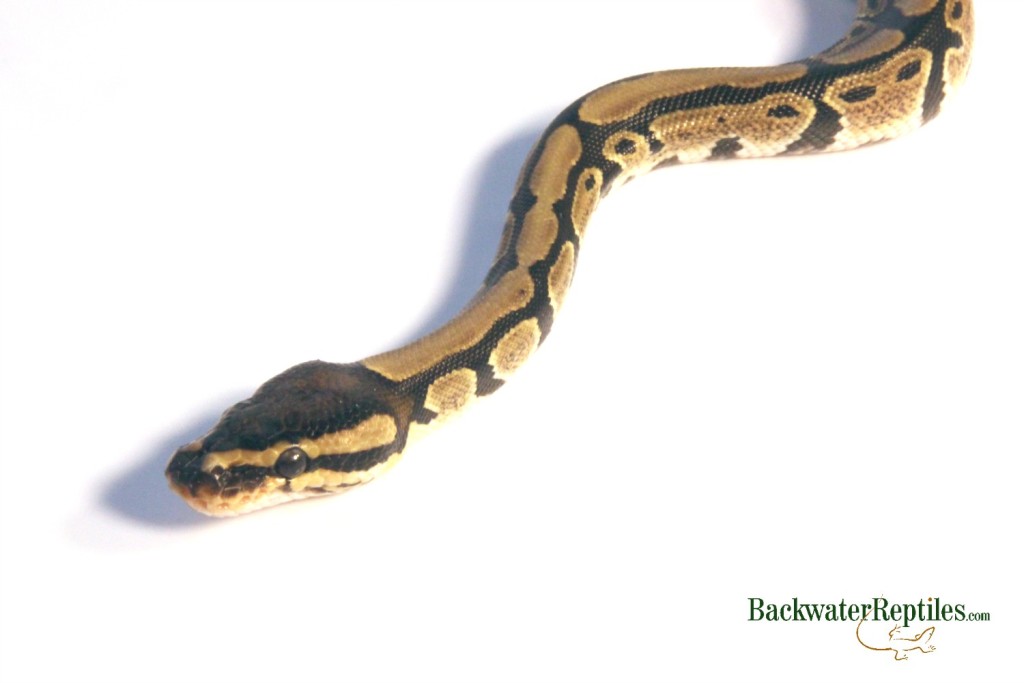
Ball pythons are also the largest of the “small” snake species on this list, although we’d still say that they’re modestly sized for a pet snake.
Males are typically shorter and lighter than females, reaching lengths between two to three feet long. Females will be anywhere from three to five feet long.
They don’t require much space either–a 20-30 gallon terrarium is plenty of room for most adult ball pythons.
Conclusion – The Smallest Pet Snakes
If you’re in the market for a small pet snake and you have limited room in your home for a cage or vivarium, then we think any of the snakes on this list would be a good fit you.
All of them attain very reasonable sizes and are known for placid demeanors and even-tempered personalities. Some smaller-sized snakes are flighty and defensive, but the above list bucks that trend.

